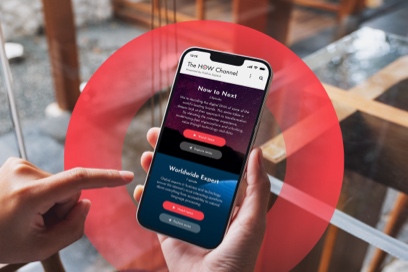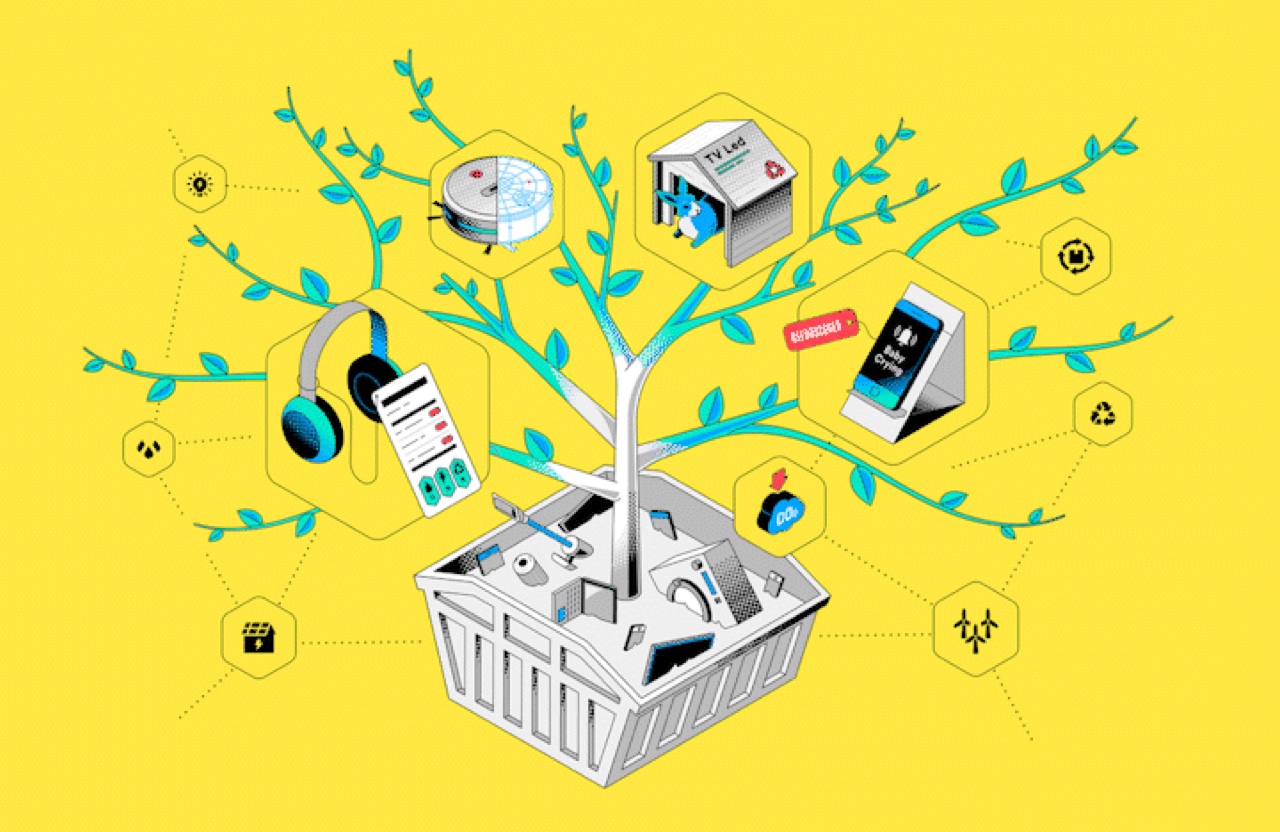Why customer lifetime value is an important metric
Telco brands continue to face the most disruptive market conditions in decades. It’s clear that reevaluating approaches to thrive in an unpredictable business landscape remains imperative. Typically, to grow their business, telcos rely on two main factors—new customer acquisition and existing client retention by increasing customer lifetime value.
But with the growth rate of telco subscribers plateauing, and churn remaining quite low, focusing only on growing the customer base does not necessarily drive growth for telco companies. Additionally, the cost of acquiring customers is about five times the monthly average revenue per customer and telcos need to look to the other side of the PxQ (Power Shares Exchange) equation to drive their growth. This means that industry leaders like Comcast, Verizon and T-Mobile have been looking at increasing the CLV by increasing ARPA (average revenue per account) or ARPU (average revenue per user), to drive overall revenue of the company, while also looking at ways to decrease the cost to service a customer to increase overall profitability.
One of the keys to using CLV is to recognize that it will change over time. Telco companies can use first- and third-party data to project the potential CLV of a customer over time, and adjust pricing, offers and other strategies over the years. As an example, CLV can increase at certain lifetime moments. These are key moments for telco companies to act.
For example, a student graduating from school may switch from their parents’ cellphone plan and is likely to have budget limitations—the customer’s CLV may go down with their slimmer budget, but this budget will likely increase over time as their earnings and budgets increase. Telcos can create a great experience and retain the customer by doing things like moving them from one brand to another, such as from a high-cost prepaid to a lower-cost prepaid, no-frills plan. In doing so, the telco can retain that customer and, by predicting that the customer's CLV is going to increase, can avoid both the cost of churn and reacquisition and be poised to offer new pricing and deals as the customer's needs and budgets increase. It's about moving the customer from their current CLV to their projected CLV.
This is why CLV is a business metric, not a satisfaction metric. Obviously, the more satisfied customers are, the higher their CLV should be. But it's not a direct correlation to satisfaction, it’s about increasing how much a customer spends with the telco over time.
In 2024, telco companies need to seriously consider CLV as a top-level metric in order to meet targets and measure revenue generation capability more than net subscriber additions. CLV is clearly starting to rise to the forefront of how telco leaders are thinking about customers.
How to increase telco customer lifetime value
To increase CLV in the future, there are a few challenges that telco leaders should consider.













